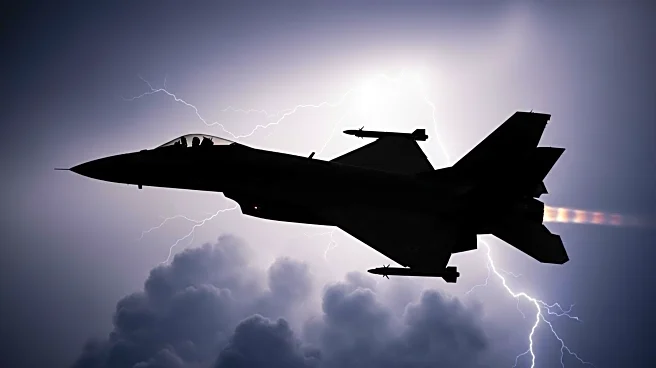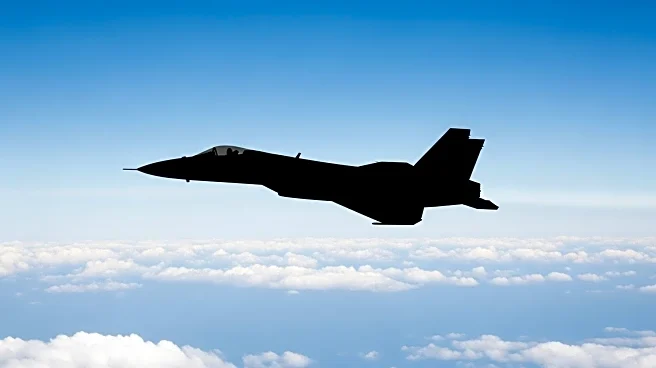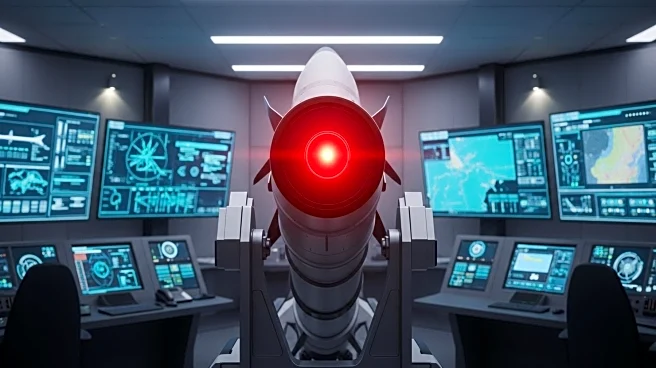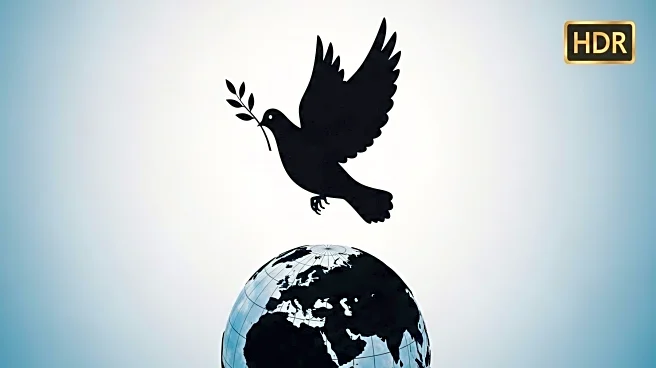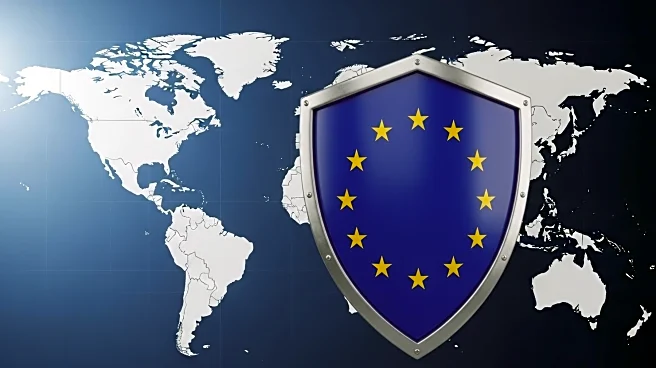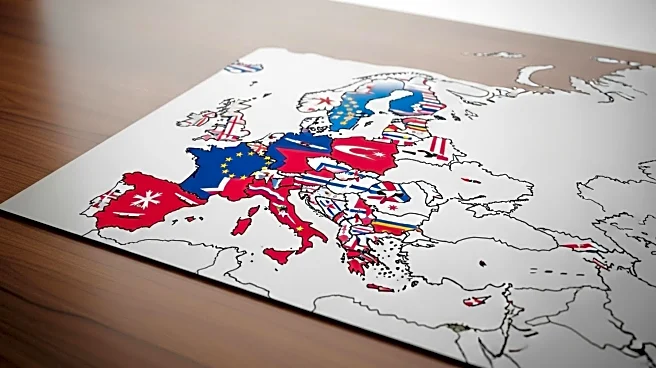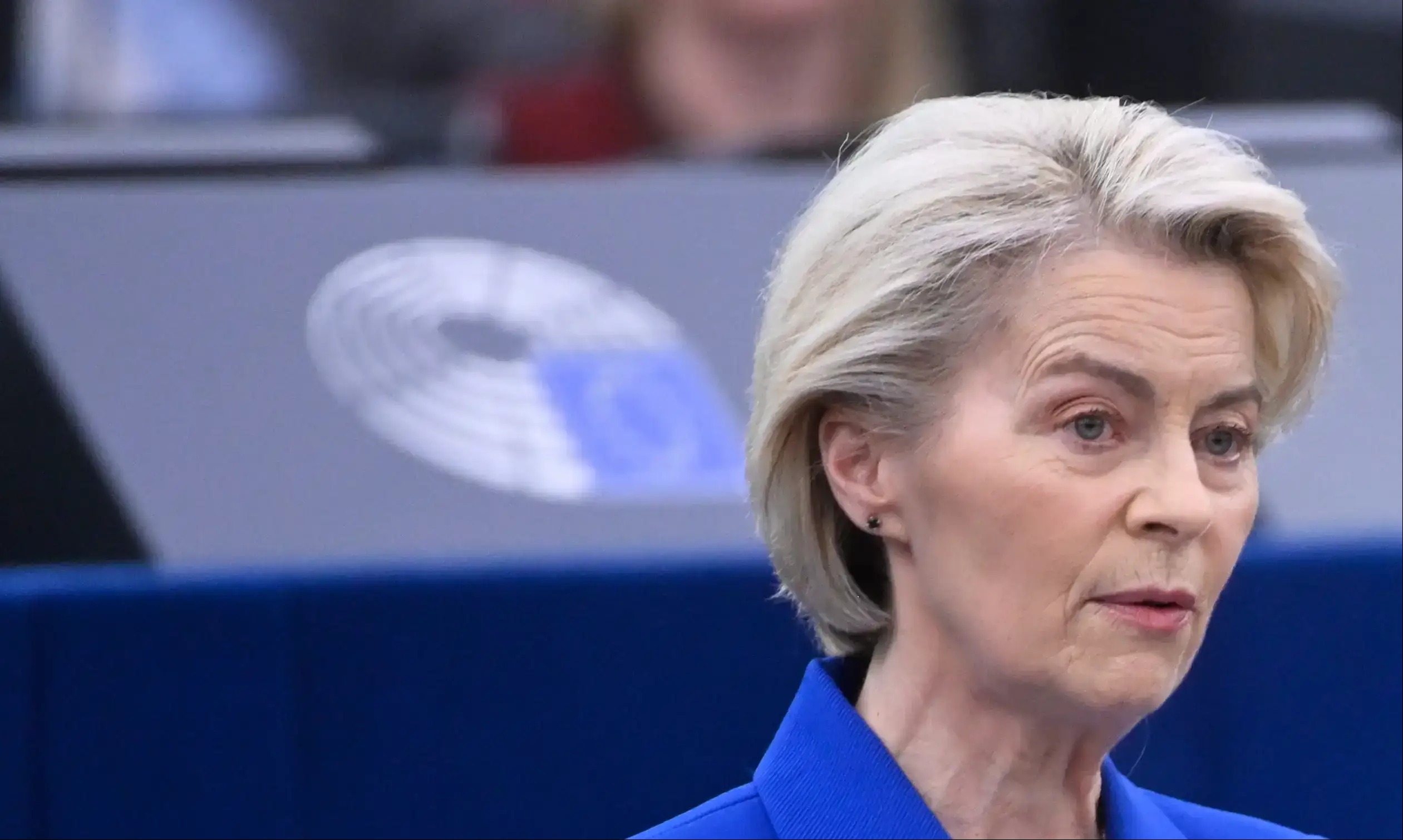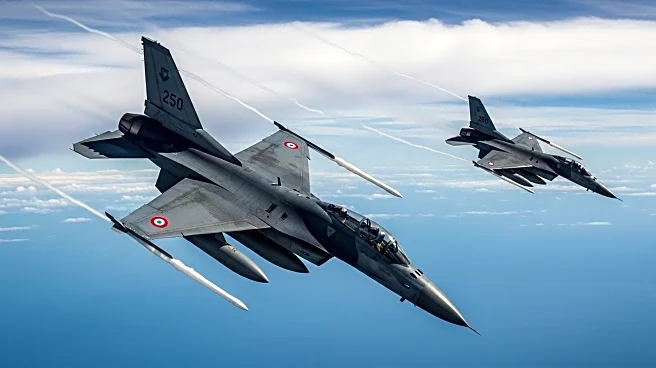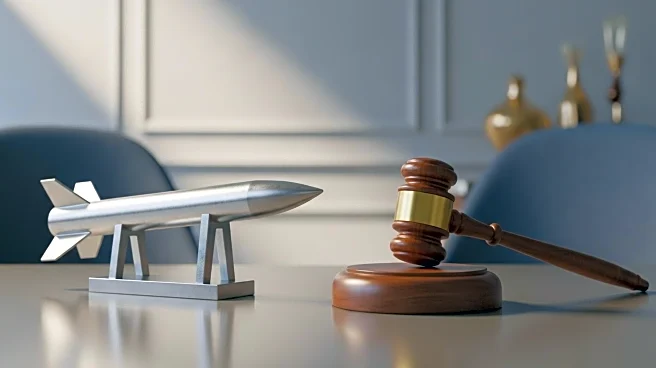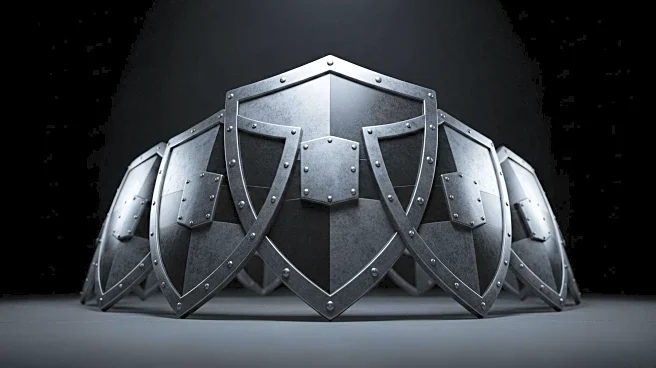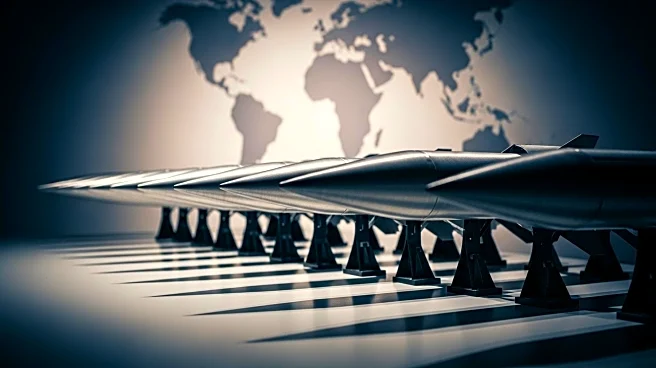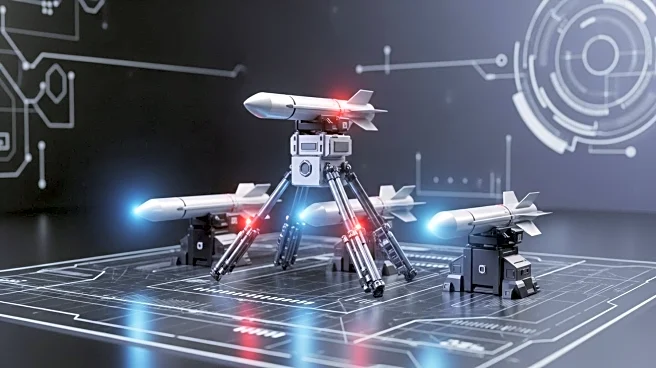What is the story about?
What's Happening?
NATO allies are reportedly discussing the possibility of easing rules for pilots to allow them to shoot down Russian aircraft. This consideration comes in response to alleged airspace violations, drone swarms, and sabotage plots attributed to Russia in Europe. The discussions, initiated by NATO members on the front line with Russia and supported by France and Britain, aim to address increasingly provocative actions by Russia. The Financial Times cites four unidentified NATO officials who suggest that the alliance is contemplating a more forceful response, including deploying armed drones along the Russian border. The asymmetric cost of scrambling fighter jets to intercept drones is a concern for NATO, which seeks a financially sustainable solution. President Trump has previously stated that NATO forces should open fire on Russian aircraft that breach allied territory, a stance that has been met with warnings from Russia about potential escalation.
Why It's Important?
The discussions within NATO reflect heightened tensions between the alliance and Russia, exacerbated by the ongoing war in Ukraine. The potential for direct conflict between NATO and Russia is increasing, as both sides have characterized the situation as a form of war, despite no formal declaration. The consideration of allowing pilots to open fire on Russian aircraft marks a significant shift in NATO's approach to Russian provocations. This move could lead to a serious escalation, with Russia warning that such actions could result in open war. The situation underscores the need for NATO to balance deterrence with the risk of further conflict, as well as the importance of developing better detection and interception capabilities for UAVs violating European airspace.
What's Next?
There is currently no timeline or obligation for NATO to agree on any change in posture, and any shift may not be announced publicly. The discussions are ongoing, and the alliance is considering various options to address the provocations. The European Union is also preparing its own steps in response to Russian actions, with European Commission President Ursula von der Leyen describing the incidents as part of a deliberate gray zone campaign against Europe. The situation remains fluid, with potential developments depending on the actions taken by both NATO and Russia.
Beyond the Headlines
The situation highlights the complexities of modern warfare, where traditional military engagements are supplemented by hybrid tactics such as drone swarms and airspace violations. The discussions within NATO reflect the challenges of responding to these tactics while avoiding escalation. The potential easing of rules for pilots could set a precedent for future military engagements, influencing how nations respond to provocations in the gray zone of conflict. The situation also raises ethical and legal questions about the use of force in international airspace and the implications for global security.
AI Generated Content
Do you find this article useful?
